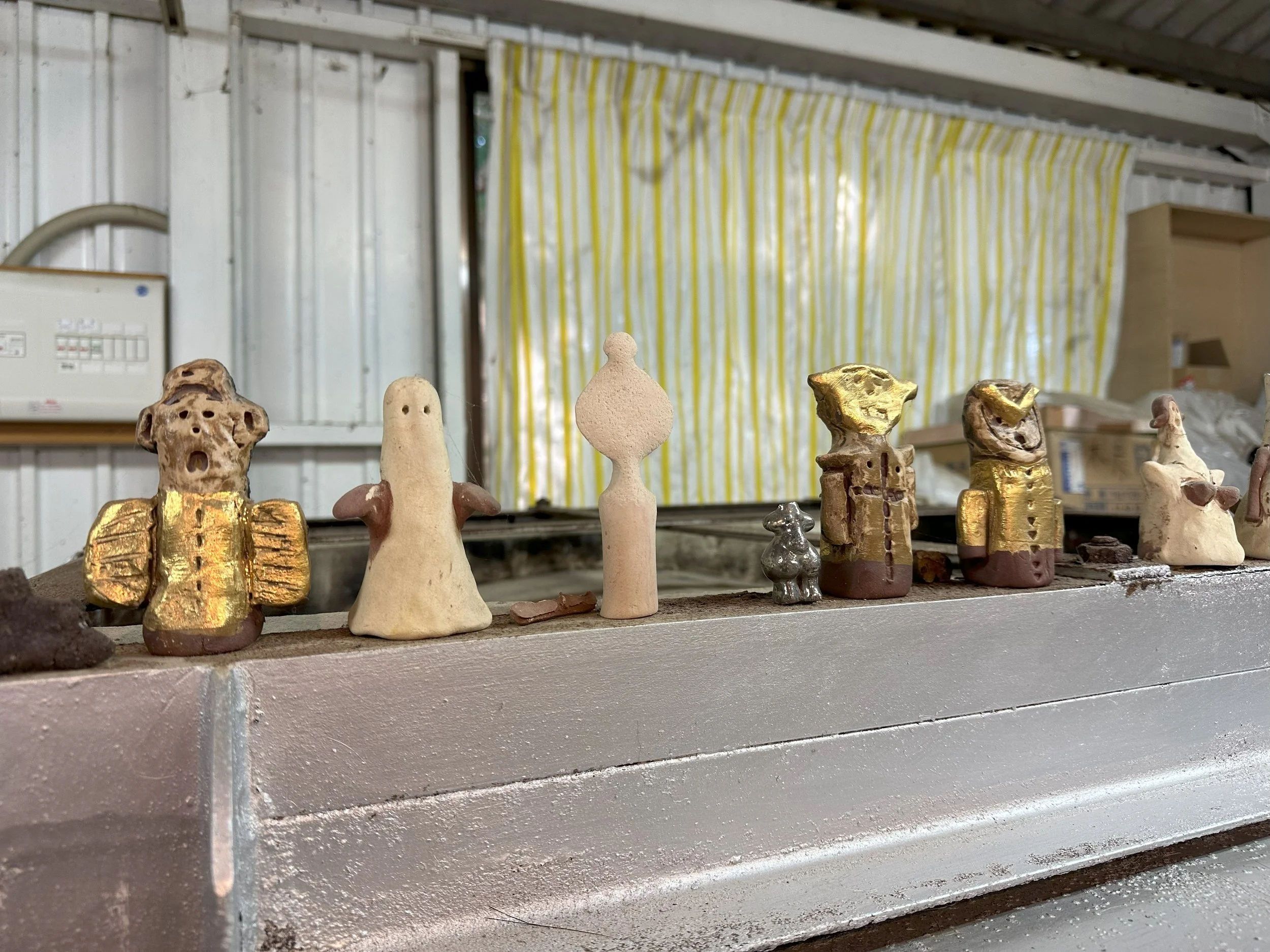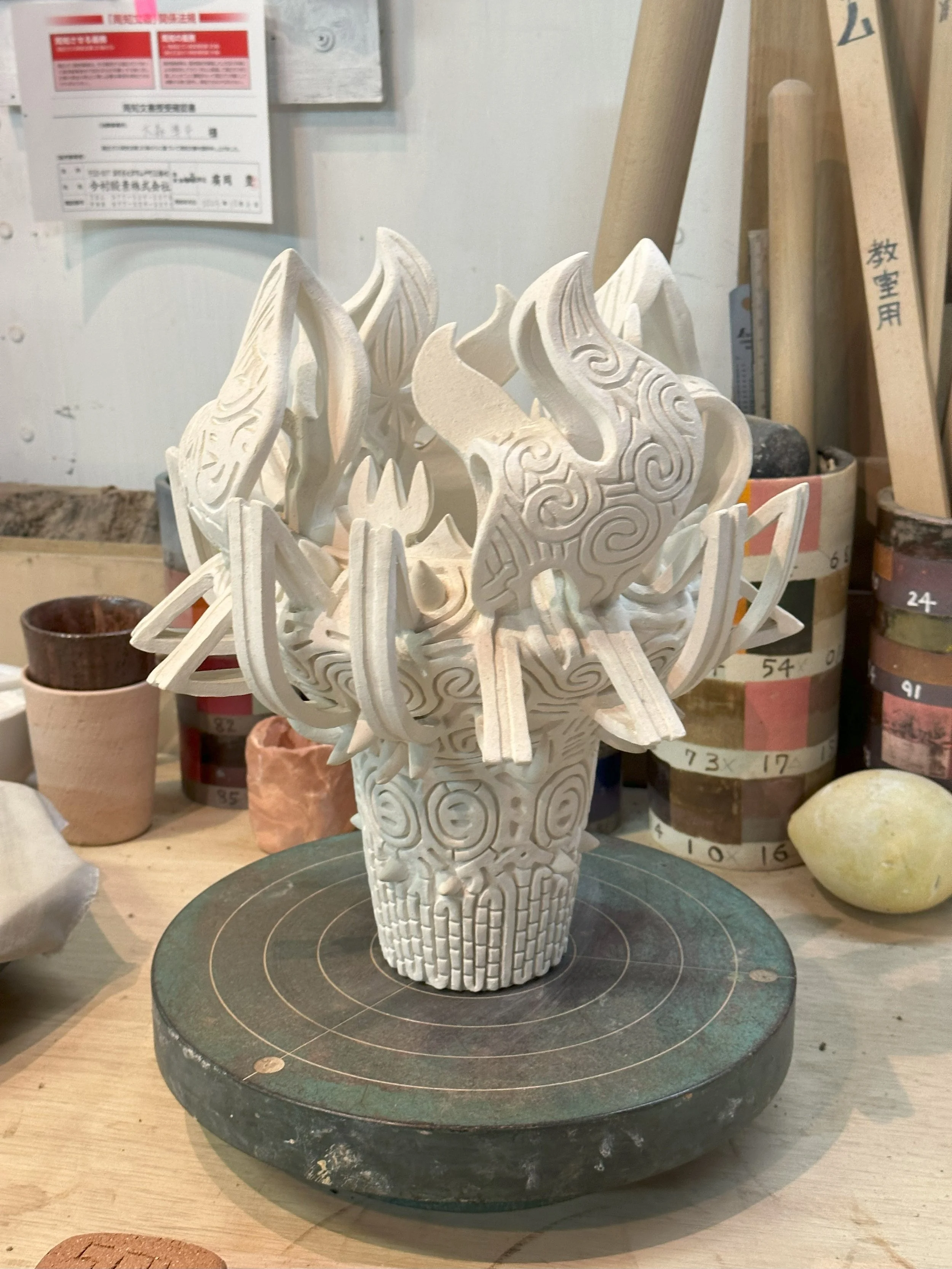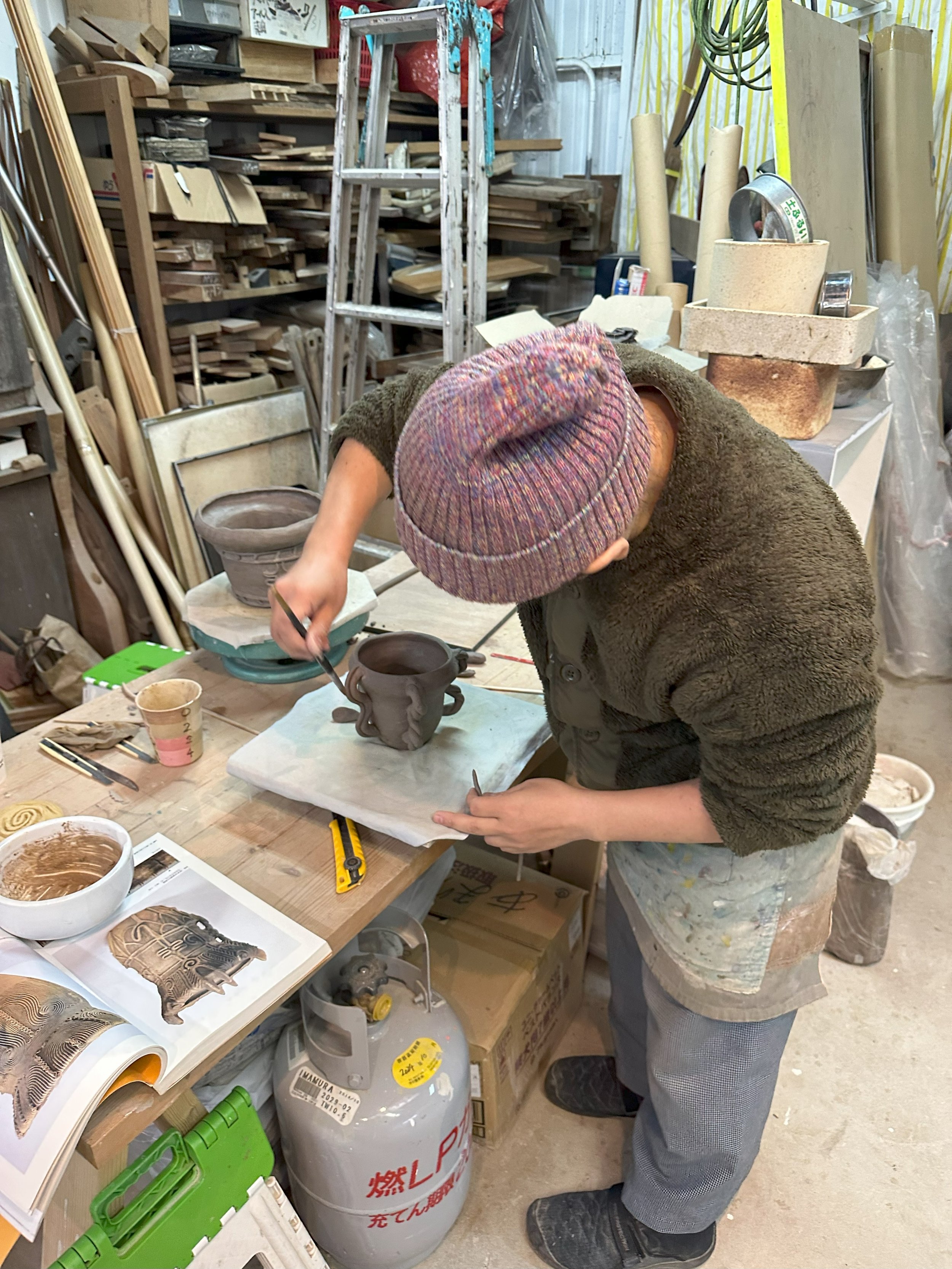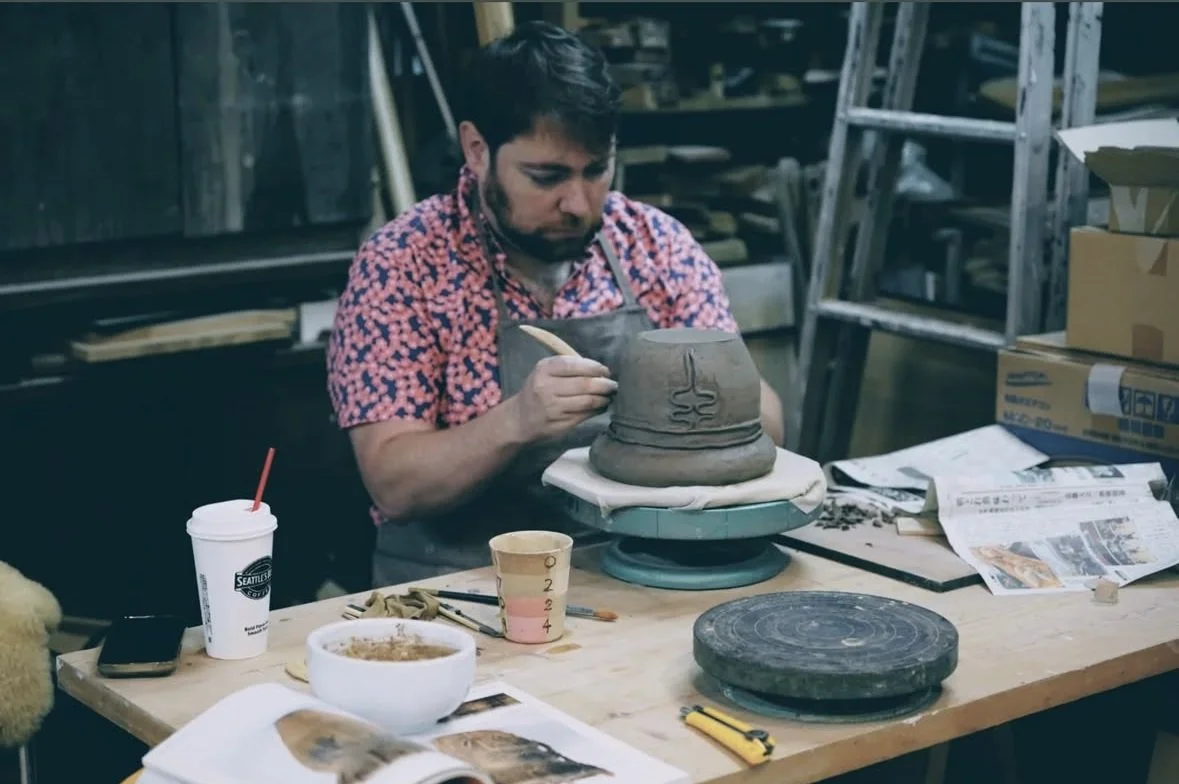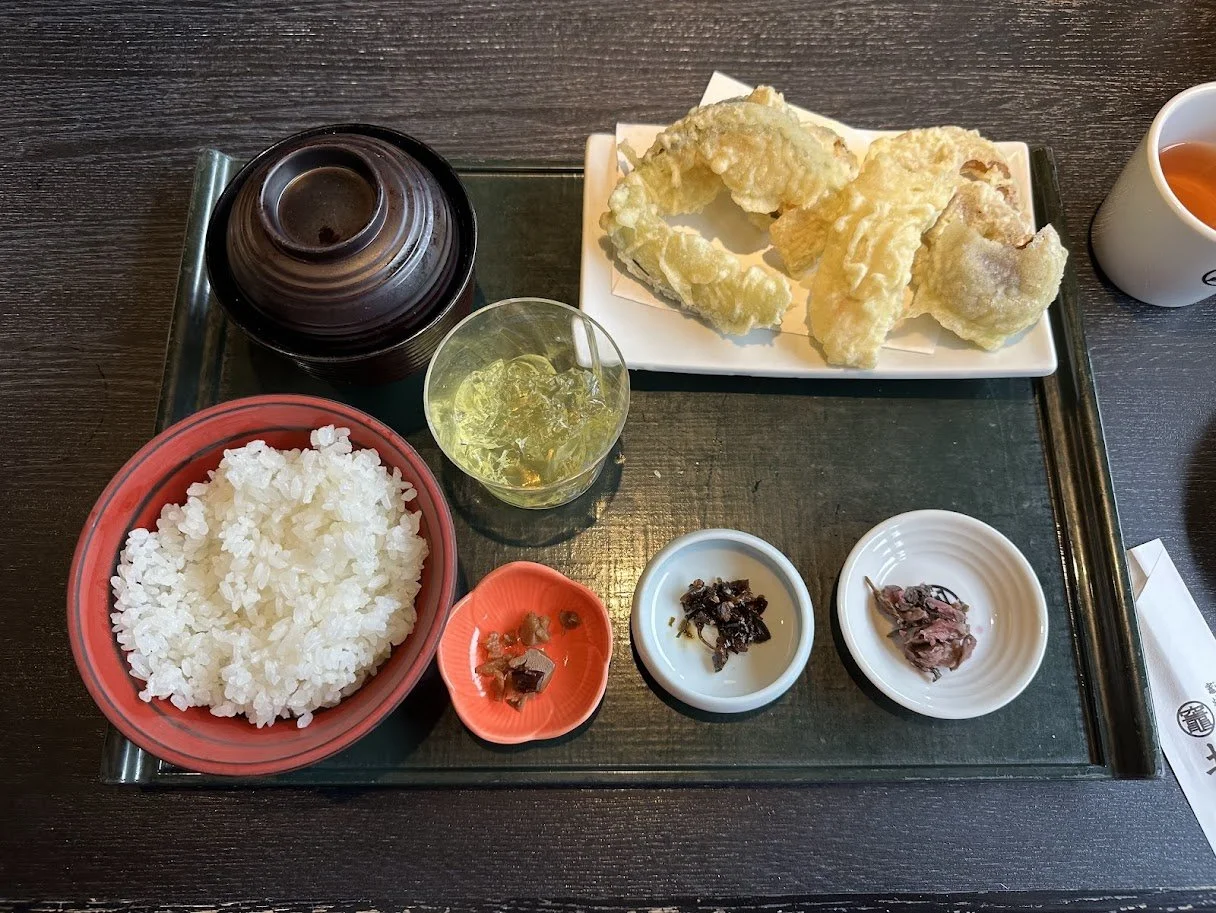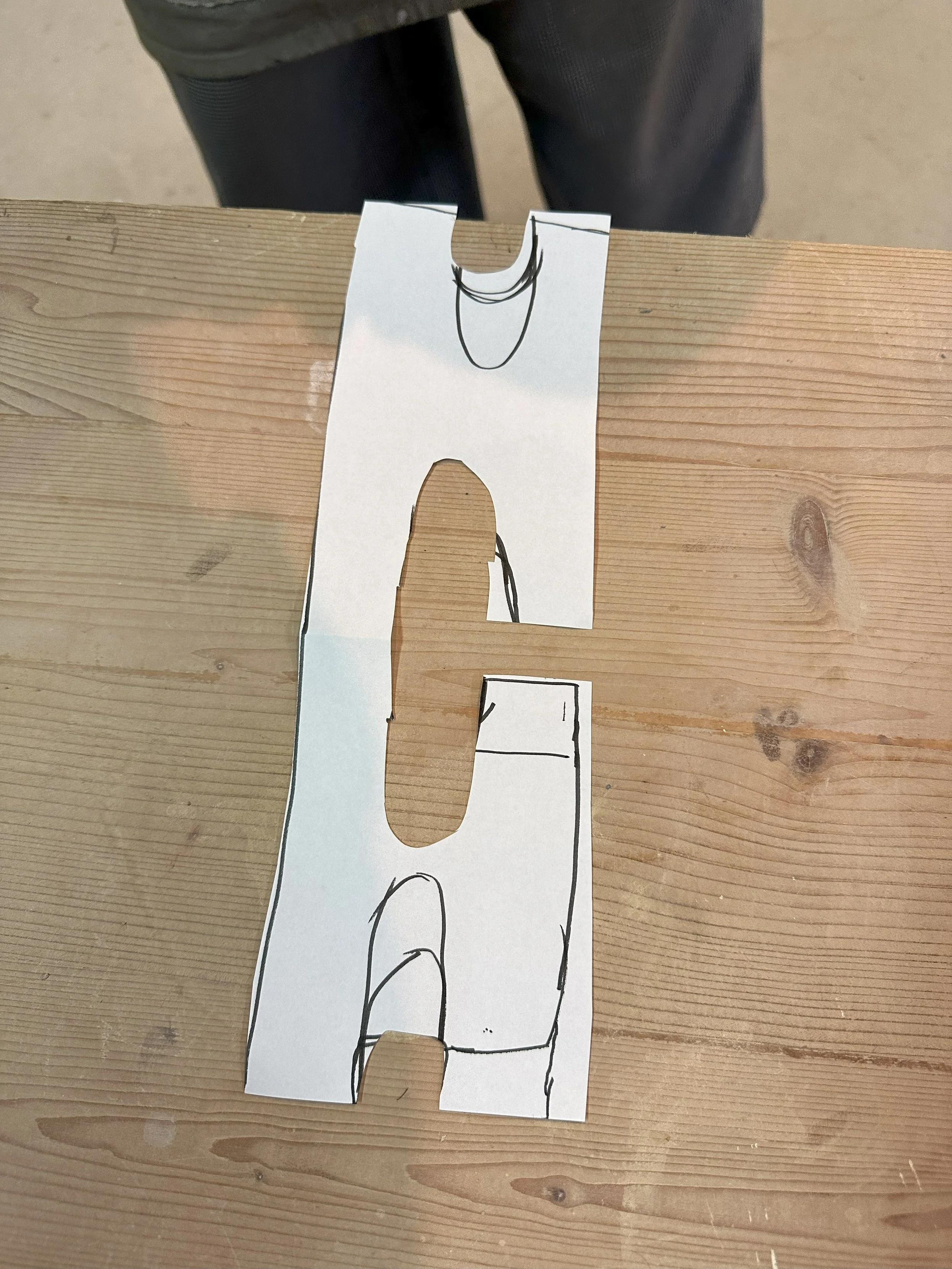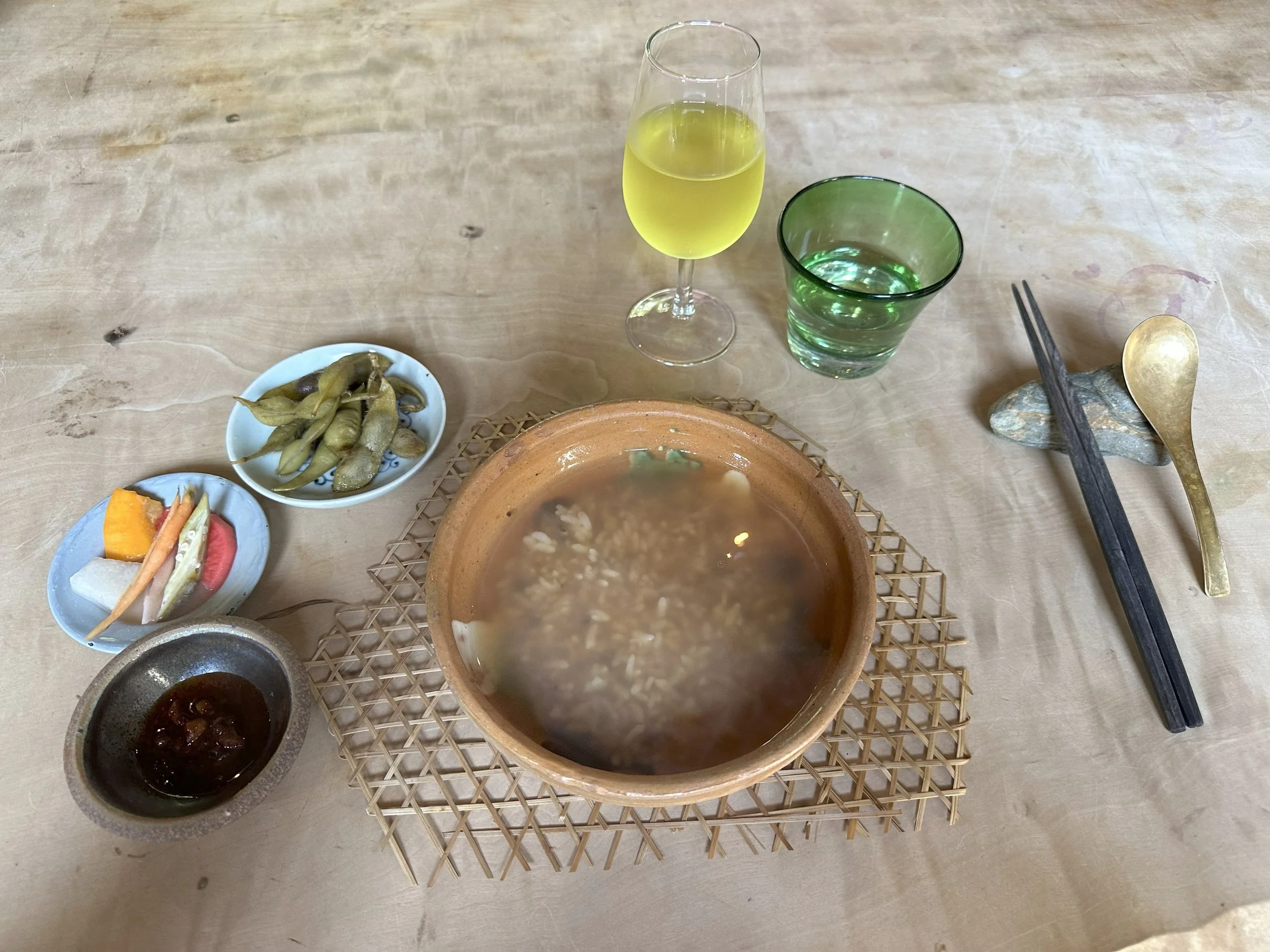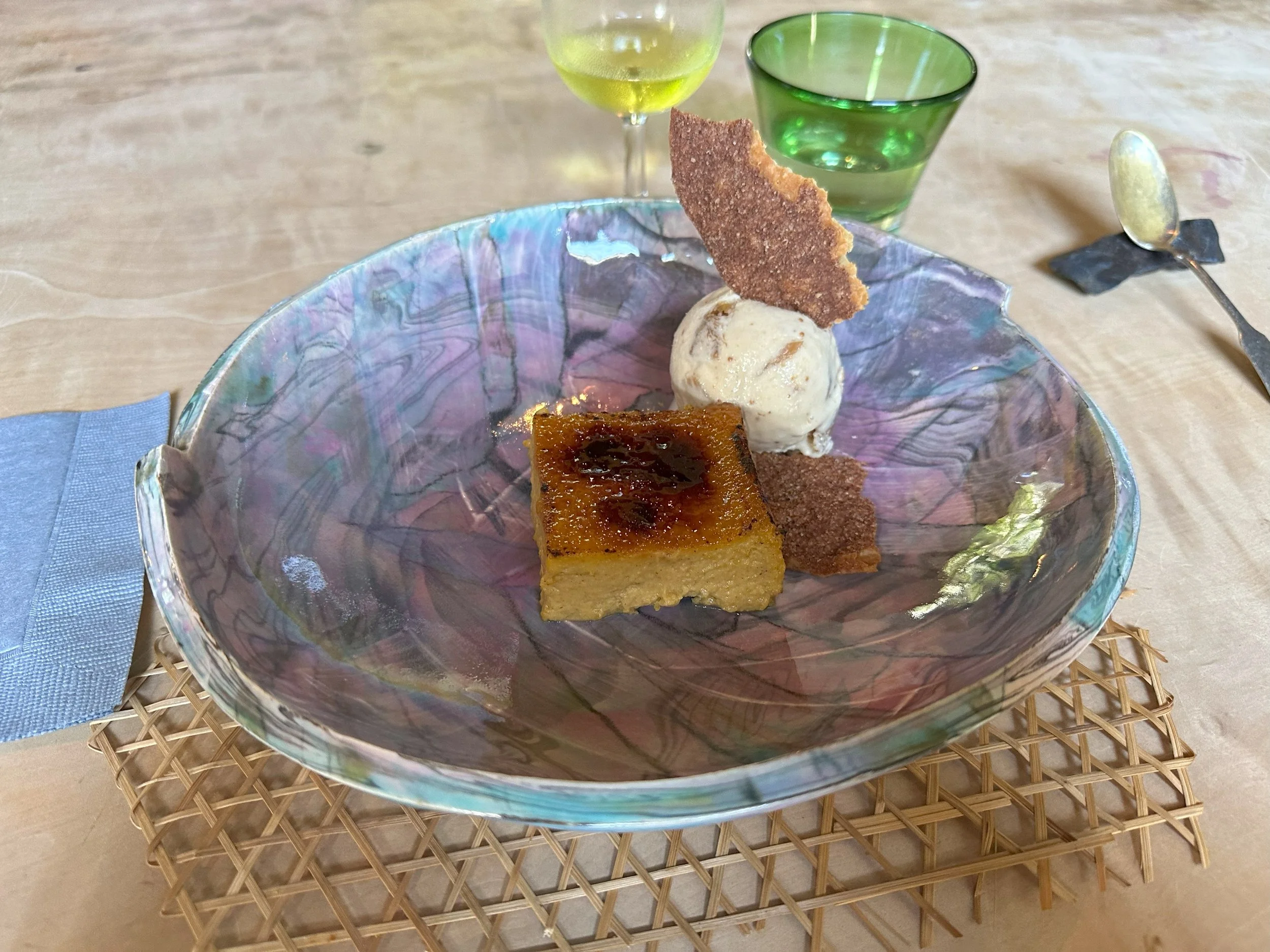
VAWAA
After my wife headed home, I dove head first into all things clay. I only had two days before the workshop with my host started, so rather than try to make it out to a nearby town, I decided to just head straight to Kyoto and hit up some of the ceramic centered things I’d missed previously. After that, for the five days of my stay, my workshop took up the morning and midday, then I’d go shop, wander, and explore for the afternoons and evening.
It begins
After putting my wife on a bullet train back to Tokyo, I checked out the museums in Osaka, caught a train back to Kyoto, where I spent a few days exploring many of the points and places I mention in the Kyoto page. The day before I was supposed to start, my host messaged me to make sure I knew how to reach his studio. He was based in a small town north of Kyoto named Ohara which, while technically reachable by public transit, that was a bit more of a challenge for my extremely limited Japanese than I really wanted to attempt. So, I used Uber to get a taxi from my hotel, and figured I’d take the bus back if I was feeling frisky. The driver was very friendly and initially thought we were going to a shrine in Ohara that is apparently a popular local destination. When the GPS started taking him past that, he got VERY concerned, and started to repeatedly ask me if I was sure I knew where I was going. After dropping me off at my host’s studio, he waited for me to walk in and wave goodbye before driving off.
Day 1 - Design and base
The first three days of the workshop were dedicated to learning and making a piece of Jomon style pottery. Day 1, My host helped me page through his collection of books on Jomon ceramics and find some inspiration for a piece. I picked a pair of pieces to cannibalize ideas off of, then set to making the base shape. I hadn’t coil built a piece in YEARS, so it ended up being a bit wonky, but for the sake of learning the decoration techniques I was after, it’d do. After a couple hours of work, we took a break to eat some bento box lunches and discuss the plans for the week. The return trip was much the same. I discovered the return route involved walking over a mile down the side of a mountain highway to a bus stop in Ohara proper, and decided to call an Uber. My driver showed up and did a full-on double take when he saw me on the side of the road, and by the time I loaded in the car, he had pulled up a Google translation for ‘What are you doing here? Are you okay?’ He proceeded to spend the next 45 minutes using google translate to interrogate me about why I was in Japan, and what I was doing so far out of town. Once I explained, he was tickled to hear I was there to learn about pottery. His parents managed a tea farm in Uji, so he had a lot of familial ties to ceramics.
Day 2 - Decoration begins
Day 2 saw me doing a lot of coil applique work to the outside of the piece to form the core of the decorative elements. I’d borrowed the shapes I used from two of the pieces we’d looked over the day before; the crux of the design was a main shape on the front and back reminiscent of a Lorraine Cross. I then decorated the top and bottom of the piece with some stripes and swirls, all using the same coil applique technique. Afterward, we went to a tempura restaurant in Ohara for lunch, where I somewhat startled the hostess by walking in ahead of my host. Ohara is well off the main tourist path, so I got the impression they didn’t many non-locals in. After lunch, my host drove me back into town and dropped me outside the imperial palace. He pointed me to the Jidai Matsuri festival and parade that was going on, marching from the Imperial Palace all the way across town. It took me a bit of hunting to track down (I eventually realized I was basically chasing it across town a few blocks behind the end of the parade, and took a shortcut) but I managed to catch the end.
Day 3 - Textures, horns, and wrap up
Day 3, I finished off my vase, and my host taught me a few common bits of Jomon design that I hadn’t incorporated in my piece. Namely, a way of imitating looping tongues of flame in a fire via slabs, and how to produce the “pressed cord” texture that gives Jomon ceramics their namesake. I hadn’t included them in my piece, as they weren’t in either of the pieces I based my vase off of, but I was still glad to learn how to do them. Once finished, my host took me to lunch, then dropped me off at the metro station so I could go check out the Kyoto National Museum. Its main building was undergoing renovations, so I didn’t get to see their usual collection, but they did have a lovely collection of writings and art from the Pure Land movement of Buddhism. It was lovely and had some truly stunning examples of scrolls and calligraphy on display, but, alas, no ceramics.
Day 4 - Trip to Shigaraki
Day 4 was devoted to a trip to Shigaraki, specifically the Shigaraki Ceramic Cultural Park, a lovely art institute with a museum, several types of kilns, and a number of artists in residence. Serendipity struck again, as it turned out one of the residents was a former next-door neighbor of mine who I lost touch with during covid. She gave us a tour of the facilities and introduced us to a few of the artists around the residents’ spaces. Afterwards, my host dropped me off at the Kawai Kanjiro house, and pointed me to a few active kilns nearby (including one owned by the father of one of the residents we met, small world).
Day 5 - Guided exploration of Kyoto clay
My last day in Kyoto, my host drove me around a few spots in Kyoto, including his old university (Kyoto Seiko University), a hotel that had commissioned a series of lamps from him (who’s name I can’t recall), and a restaurant owned by a friend of his that used a series of tableware he had made (Far Moon Kyoto). I enjoyed all three, but the hotel was my favorite; the owner was clearly an art lover, as the lobby was FULL of contemporary art. The tour of the lamps was like an amusing game of hide and seek. We checked in with the front desk, who after a somewhat bemused exchange, gave us a keycard and a list of unoccupied rooms with my host’s work in them. My favorite part of the tour though was at the end, when my host pointed out two “paintings” hanging in the lobby that were actually just two used-and-abused kiln shelves from his university’s community kiln. Tour over, my host dropped me back at my hotel, said farewell, and I caught a train back to Tokyo for a night before heading home.

